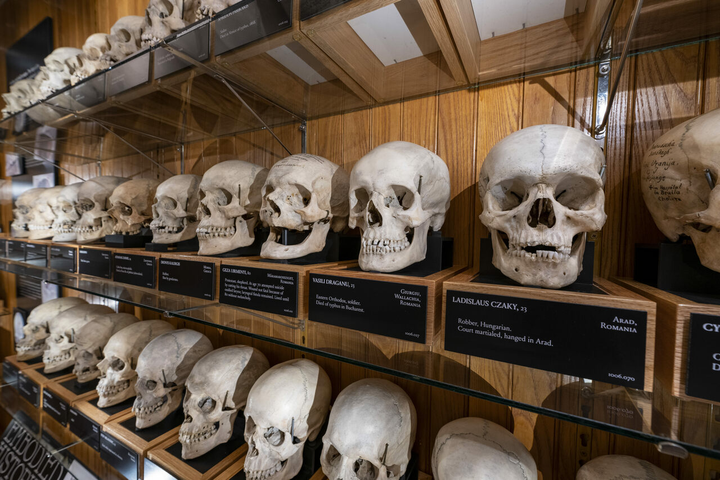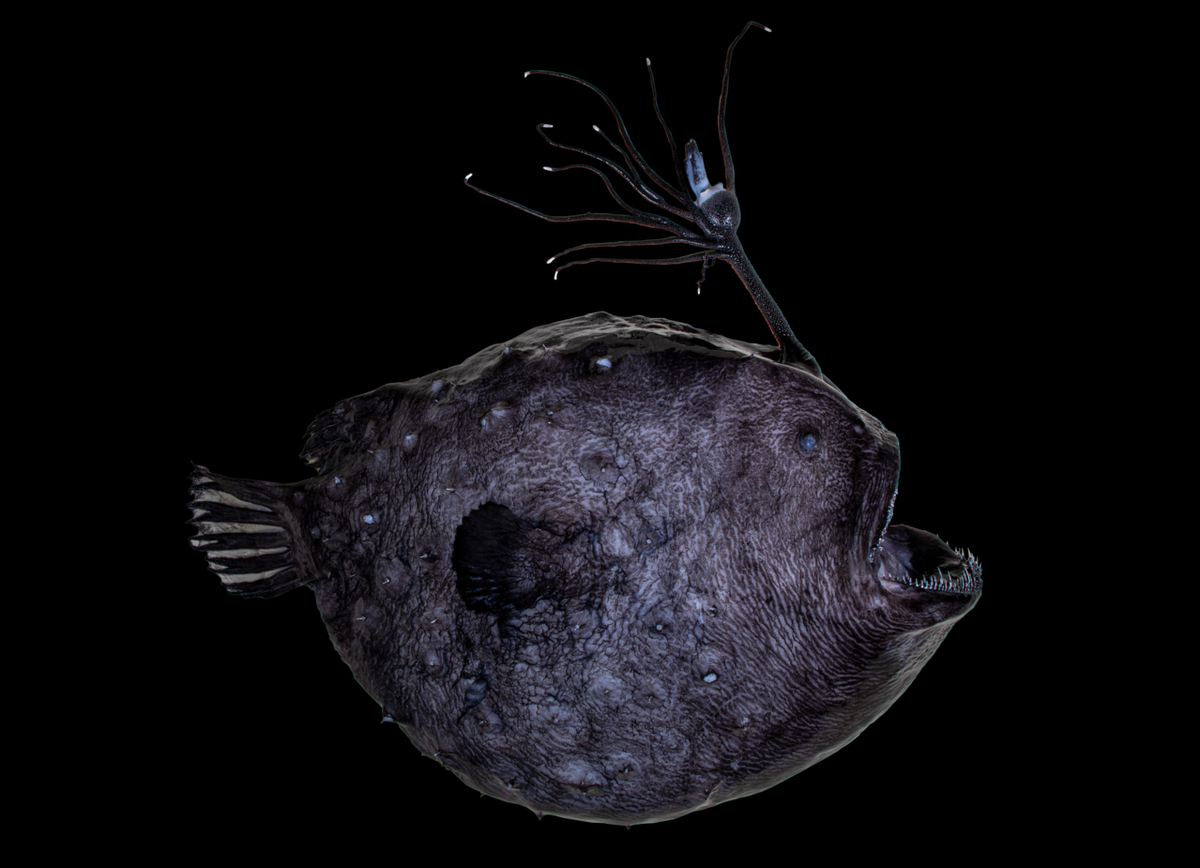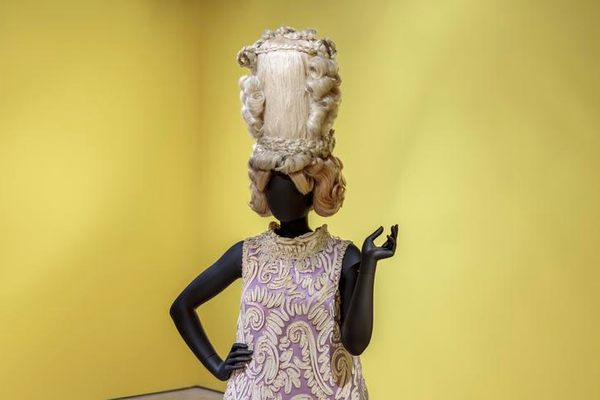
Darwin’s Squeaky Beans and 139 Victorian Skulls: Our Favorite 2021 ‘Secret Lives of Museums’ Stories
Let’s sneak into where museum visitors can’t.
There’s a lot more to museums than display cases. Behind the scenes, there are countless curators, bean cleaners, and scuba divers making the impossible possible. From protecting radioactive artifacts to preserving a deep-sea footballfish, there’s a whole world of activity happening in the corridors, offices, and labs that visitors rarely get to see—that is, unless you read Atlas Obscura.
As 2021 comes to a close, Atlas Obscura has scoured our own proverbial back hallways for our favorite Secret Lives of Museums stories from the year. Enjoy this dive into the strange, magical wonder of museums.
The Curious Task of Digitizing Darwin’s Beans and Butterflies
by Diana Hubbell, Editorial Fellow, Gastro Obscura
Conservator Emma Nichols never expected the beans to squeak. The 392 beans Nichols is cleaning are part of the Darwin Correspondence Project, a massive undertaking to digitize thousands of Charles Darwin’s private letters. While the squeaks are a harmless effect of the instruments used for cleaning, conserving Darwin’s beans can be a dangerous undertaking—past conservators may have fumigated the beans with deadly cyanide gas, mercuric chloride, or arsenic.

It Takes a Lot of Odd Jobs to Keep a Massive Aquarium Running
by Vittoria Traverso
In 1853, Philip H. Gosse imagined the first aquarium as a place for people “to get acquainted with the peculiar creatures of the oceans.” More than a century and a half later, marine biologists, curators, technicians, and other aquarium staff are continuing in Gosse’s footsteps.
From the farm-to-tank diet of West Indian manatees to trust-building with seals for vet visits, each of the 600 species at Italy’s largest aquarium needs individualized, specialized care.
The Eventful Afterlife of a Crowd of 19th-Century Skulls
by April White, Senior Editor/Writer
At Philadelphia’s Mütter Museum, “It’s the 19th century,” says exhibition manager Michael Keys. The polished wood glass display cases look much as they did back in 1859, after the death of surgeon and medical artifact collector Thomas Dent Mütter.
Recently the museum has been reassessing how to display its collection of 139 human skulls. The collection was amassed by Joseph Hyrtl, a Viennese anatomist, to disprove the racist theories of phrenologists who believed cranial shape dictated intelligence and personality. Earlier identification tags focused on the pathologies individuals suffered rather than the individuals themselves. But a September 2021 exhibit renovation now introduces the skulls by name.

The Dark Art of Displaying Deep-Sea Fish
by Jessica Leigh Hester
When an intact deep-sea anglerfish floated ashore, conservators had to work fast. With their gelatinous bodies and thin bones, deep-sea organisms aren’t built to last long above water—even when they’re already dead. With careful preservation efforts and a custom-built display case, the Natural History Museum of Los Angeles County was able to display the fragile fish for several months in 2021 before placing it safely into storage.
Podcast: Museum of Quackery and Medical Fraud
“Nonsense is a dangerous thing,” said Bob McCoy, founder of the Museum of Questionable Medical Devices. McCoy built the museum to develop visitors’ sense of skepticism and to encourage people to question things they don’t understand. None of the devices at the museum did what their inventors claimed they could do—from a psycograph, a machine that measures the bumps on your head to determine your personality, to the Battle Creek Vibratory Chair, a chair that would violently shake unfortunate individuals to “cure” headaches. Many of McCoy’s devices are now on display at the Science Museum of Minnesota.

The Canadian Team on the Hunt for Radioactive Artifacts
by Emma Jacobs
What do you do when you come across a radioactive item in your museum collection? You might consider calling Canada’s Historic Artefact Recovery Program (HARP), which accepts radioactive objects manufactured prior to the 1960s. HARP’s administrator, Tim Rowe, gets contacted regularly by museums across Canada that have discovered—or rediscovered—radioactive items in their collections. In 2020, due to the museums using their pandemic-induced downtime to reorganize collections, HARP collected more than three times the volume of radioactive artifacts than it did in 2018.












































Follow us on Twitter to get the latest on the world's hidden wonders.
Like us on Facebook to get the latest on the world's hidden wonders.
Follow us on Twitter Like us on Facebook